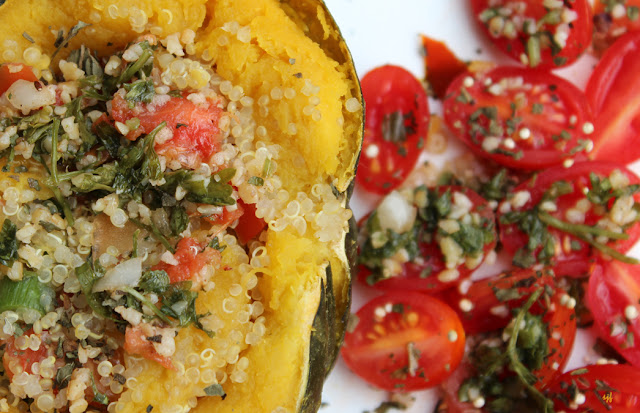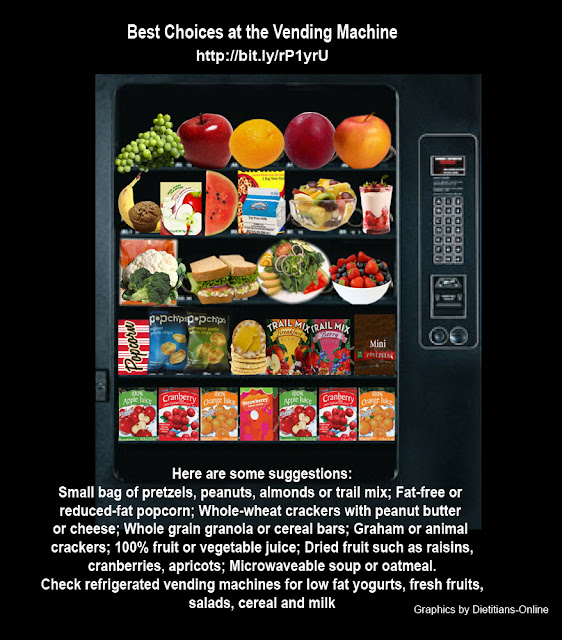for Americans, 2010
From MyPlate.gov
What Foods Are in the Fruit and Vegetable Groups?
Fruits and Vegetables
There are three reasons to eat the recommended amounts of fruits and vegetables.
1. Most vegetables and fruits contribute a wide variety of nutrients, including folate, magnesium, potassium, dietary fiber, and vitamins A, C, and K.
2. Consumption of fruits and vegetables is associated with reduced risk of many chronic diseases, such as cardiovascular disease and certain types of cancer.
3. Most fruits and vegetables have no cholesterol and are low in calories and fat. Eating more will help maintain a healthy weight.
From MyPlate.gov
What Foods Are in the Fruit and Vegetable Groups?
Fruits. Any fruit or 100% fruit juice counts as part of the Fruit Group. Fruits may be fresh, canned, frozen, or dried, and may be whole, cut-up, or pureed.
In general, 1 cup of fruit or 100% fruit juice, or ½ cup of dried fruit can be considered as 1 cup from the Fruit Group. The following link lists specific fruits and amounts that count as one cup of fruit (or in some cases equivalents for ½ cup are noted.) MyPlate Fruits.
Vegetables. Any vegetable or 100% vegetable juice counts as a member of the Vegetable Group. Vegetables may be raw or cooked; fresh, frozen, canned, or dried/dehydrated; and may be whole, cut-up, or mashed. Vegetables are organized into 5 subgroups, based on their nutrient content. Dark-green vegetables; Red and orange vegetables; Beans and peas (legumes); Starchy vegetables; and Others.
In general, 1 cup of raw or cooked vegetables or vegetable juice, or 2 cups of raw leafy greens is considered as 1 cup from the Vegetable Group. The following link lists specific vegetables and amounts that count as 1 cup of vegetables (or in some cases equivalents for ½ cup are noted). MyPlate Vegetables.
How many fruits and vegetables In general, 1 cup of raw or cooked vegetables or vegetable juice, or 2 cups of raw leafy greens is considered as 1 cup from the Vegetable Group. The following link lists specific vegetables and amounts that count as 1 cup of vegetables (or in some cases equivalents for ½ cup are noted). MyPlate Vegetables.
are needed daily?
* Keep fruits and vegetables separate from raw meat, poultry and seafood while shopping, preparing and storing.
Teaching Kids to Eat Their
Fruits and Vegetables
Healthy Kids PSA: Color of Life
Fruits and Vegetables
Healthy Kids PSA: Color of Life
Presented by Fruits and Veggies, More Matters
Bring color to your life, and your plate, with nutritious, delicious vegetables.
Visit Fruits and Veggies, More Matters for healthy recipes, menus,
fruit and vegetable nutrition information, tips on healthy
meal planning and how to get your kids involved in healthy cooking!
Fruits and Vegetables Song
Visit Fruits and Veggies, More Matters for healthy recipes, menus,
fruit and vegetable nutrition information, tips on healthy
meal planning and how to get your kids involved in healthy cooking!
Fruits and Vegetables Song
Resources






























